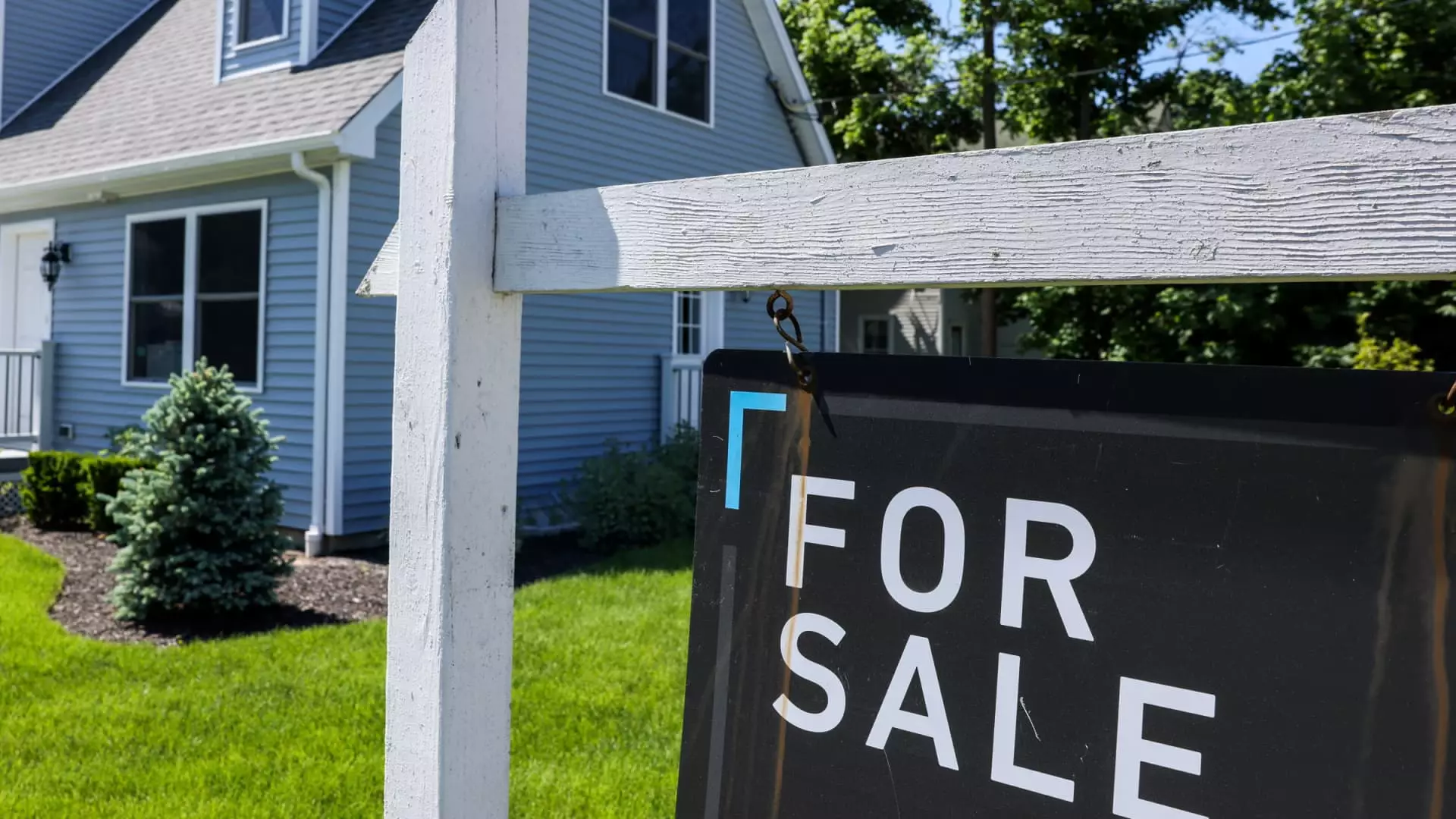Last week, financial markets experienced a notable upheaval, which ultimately led to a significant decline in mortgage interest rates. According to the Mortgage Bankers Association, mortgage application volumes surged by 20%, reaching heights not seen since September 2024. While the spike in demand creates an air of optimism, it conceals a deeper truth about the volatility of our financial system and the temporary nature of such shifts. A mere drop of 0.09 percentage points in the average interest rate for 30-year fixed-rate mortgages signifies a momentarily favorable window for borrowers, but history teaches us that such moments can evaporate as quickly as they arrive.
Refinance Frenzy: A Response to Stagnant Growth
The 35% increase in refinancing applications suggests that homeowners with higher rates are fervently seeking better opportunities. However, let’s remember that such spikes can be deceptive; they often stem from an environment of stagnation where prior options had been limited. The year-over-year comparison shows a staggering 93% increase, yet one has to ponder how meaningful that truly is when the baseline volume is so low. The rise in average refinance loan size, now at $399,600, reveals a trend that may more closely align with higher-income households seeking to capitalize on marginally lower rates. Are we not witnessing a widening gap where only the financially secure can readily benefit?
Homebuyers Face Dual Challenges: High Prices and Rising Rates
While a 9% uptick in applications for home purchases may seem promising, the underlying challenges paint a more complicated picture. The real estate market continues to be riddled with inflated prices, even amid an influx of new listings. It begs the question: Are we genuinely in a recovery phase, or are we merely experiencing a temporary rush fueled by the fleeting lower rates? The increasing demand for adjustable-rate mortgages (ARMs), rising from 5.4% to 8.6% of total applications, illustrates a risky strategy by buyers trying to navigate these turbulent waters. The 5% threshold for ARMs may evoke a sense of comfort, but it is a treacherous gamble given the prevailing uncertainty.
A Warning for Potential Homeowners
The current environment is rife with mixed signals. As rates began to shoot up again at the start of this week—rising a staggering 25 basis points—it casts a shadow over the short-lived euphoria experienced just days prior. The chief operating officer of Mortgage News Daily, Matthew Graham, pointed out that tariff updates could once again cause market instability, but perhaps a more pertinent concern is our own dependence on these oblique market forces. For potential homeowners, navigating this landscape means being wary of the transient gains that come with refinancing. It’s imperative to ask whether the immediate allure of lower rates is worth the risk of long-term financial repercussions.
The intersection of lower rates and rising home prices may have temporarily buoyed the market, yet the volatility we witness today raises red flags. As we proceed, it’s essential to question whether today’s motivations will stand the test of time or if they are simply reflective of a cycle that has more to do with market whims than actual economic stability.

